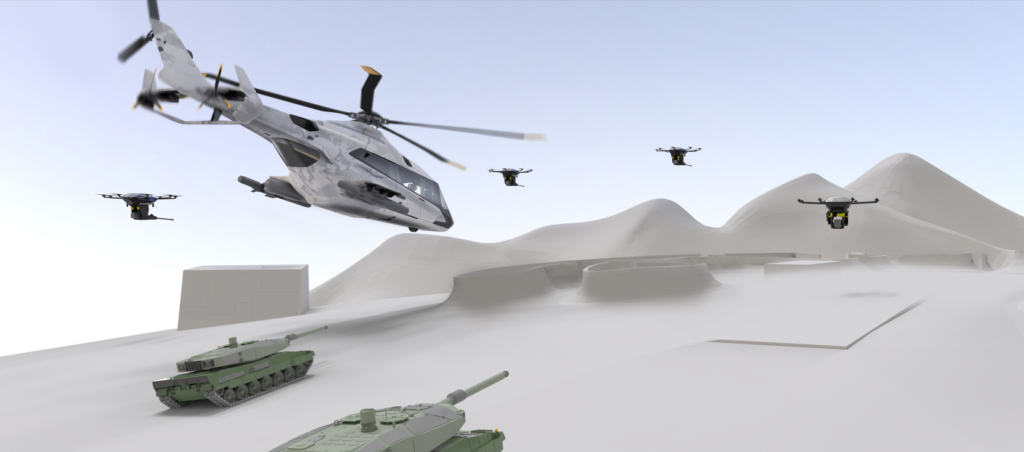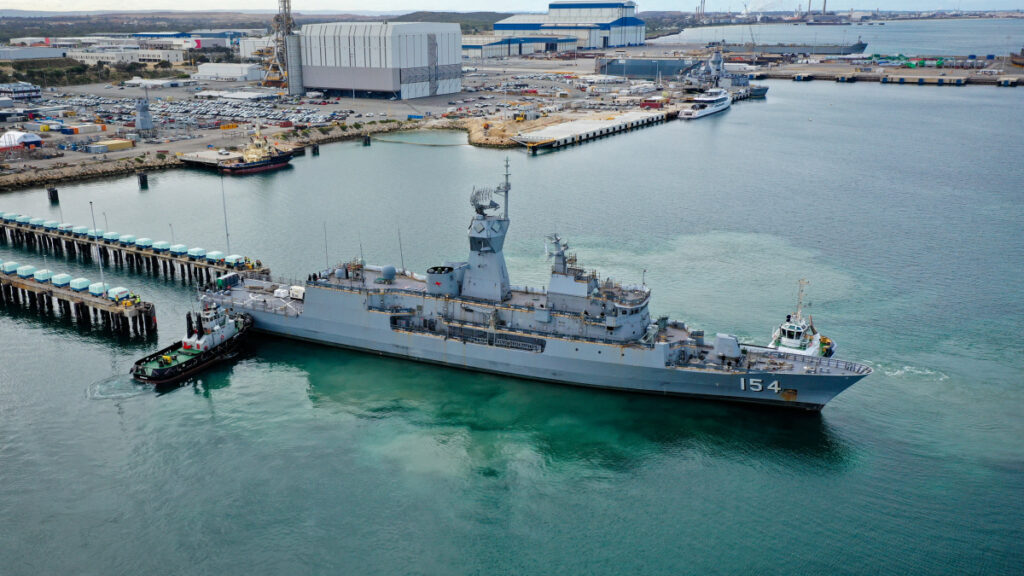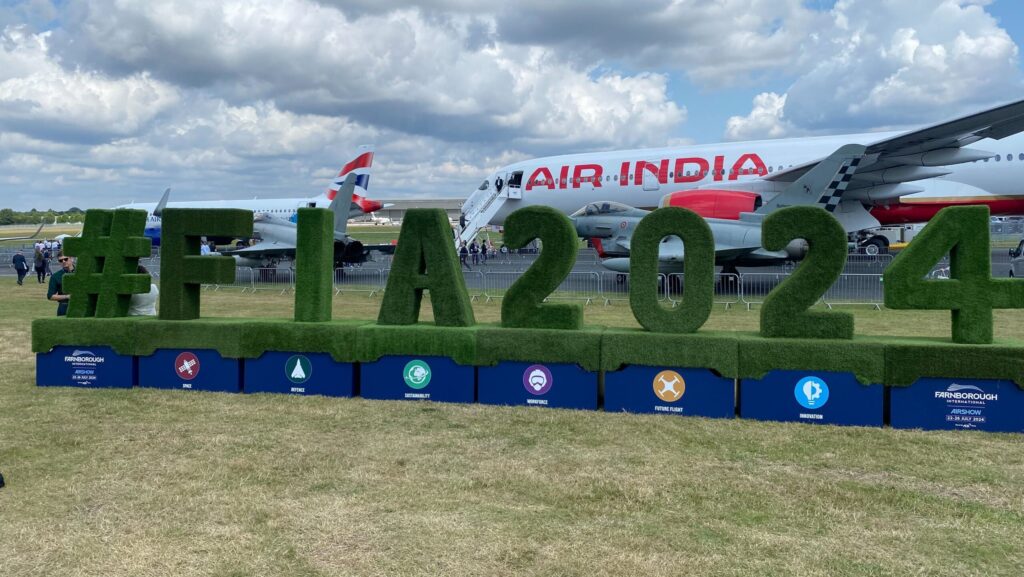Chief of Space Operations Gen. Chance Saltzman (US Space Force photo by Dave Grim)
WASHINGTON — In his latest missive to Guardians, Space Force chief Gen. Chance Saltzman urges service leaders to urgently implement the service’s new readiness model — a rotating training-to-operations process he says represents the “most drastic change accompanying the establishment of the Space Force.”
The April 19 CSO Notice to Guardians (C-Note), obtained by Breaking Defense, stresses that the new Space Force Generation (SPAFORGEN) model to build readiness “fundamentally alters how we prepare for operations.”
The change in how Space Force personnel are trained, organized, equipped and presented for operational duty to US combatant commands in the field, primarily US Space Command based in Colorado Springs, Colo., “is based on the straightforward observation that day-to-day space operations do not prepare Guardians for the challenges they will face in a high-intensity combat environment,” Saltzman writes (emphasis in original). “Balancing operations with readiness requires a different approach than the ‘all in, all the time’ construct we used before.”
The SPAFORGEN model involves rotating Guardians organized into combat squadrons and combat detachments through three phases of activity designed to keep them up to speed for any combat engagement. Combat squadrons are those units that are employed-in-place — many in Colorado Springs — to operate US space systems; combat detachments are those units that are deployed to geographic theaters.
“During the Prepare Phase, Guardians build expertise in assigned roles. Next comes the Ready Phase where Guardians participate in advanced training to equip them for high-intensity conflict. Guardians then rotate into the Commit Phase as part of a combat squadron or combat detachment. Once complete, they rotate back into the Prepare Phase and begin the process again,” the C-Note elaborates.
Saltzman explains that under the previous readiness model, “most young officers spent the beginning of an assignment on crew before rotating into a backshop for the remainder of their tour. In contrast, most enlisted members remained on crew for multiple years, experiencing little, if any, threat-based training.”
SPAFORGEN’s rotational cycle, on the other hand, will create “a more experienced, capable, and threat-focused crew force,” he adds.
Saltzman acknowledges that “big changes are never easy, and there is still a tremendous amount of work needed to fully implement SPAFORGEN,” adding that it is his that this latest C-Note will help service leadership “at every level” to “aggressively resource and normalize” the SPAFORGEN model to maximize our combat effectiveness.”


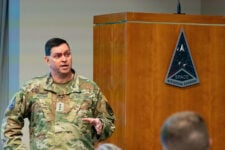
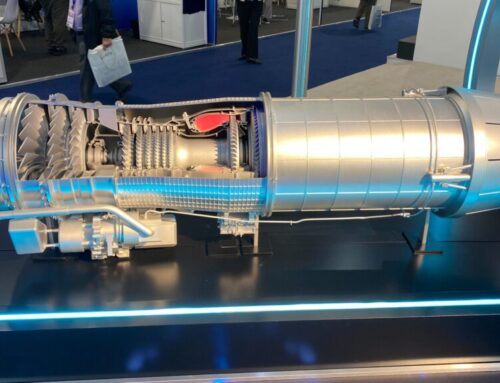
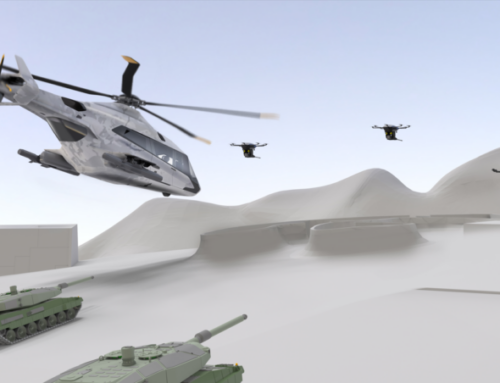
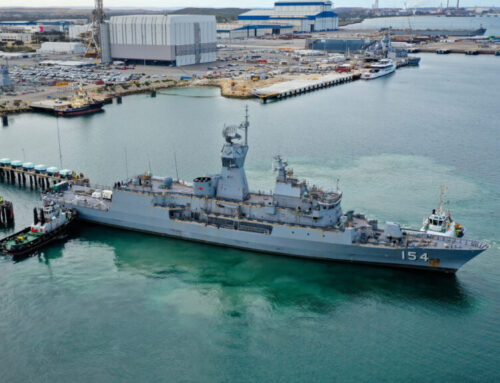
![The sights from the 2024 Farnborough Airshow [PHOTOS]](https://centurionpartnersgroup.com/wp-content/uploads/2024/07/IMG_8722-scaled-e1721930652747-1024x577-hZjwVb-500x383.jpeg)

